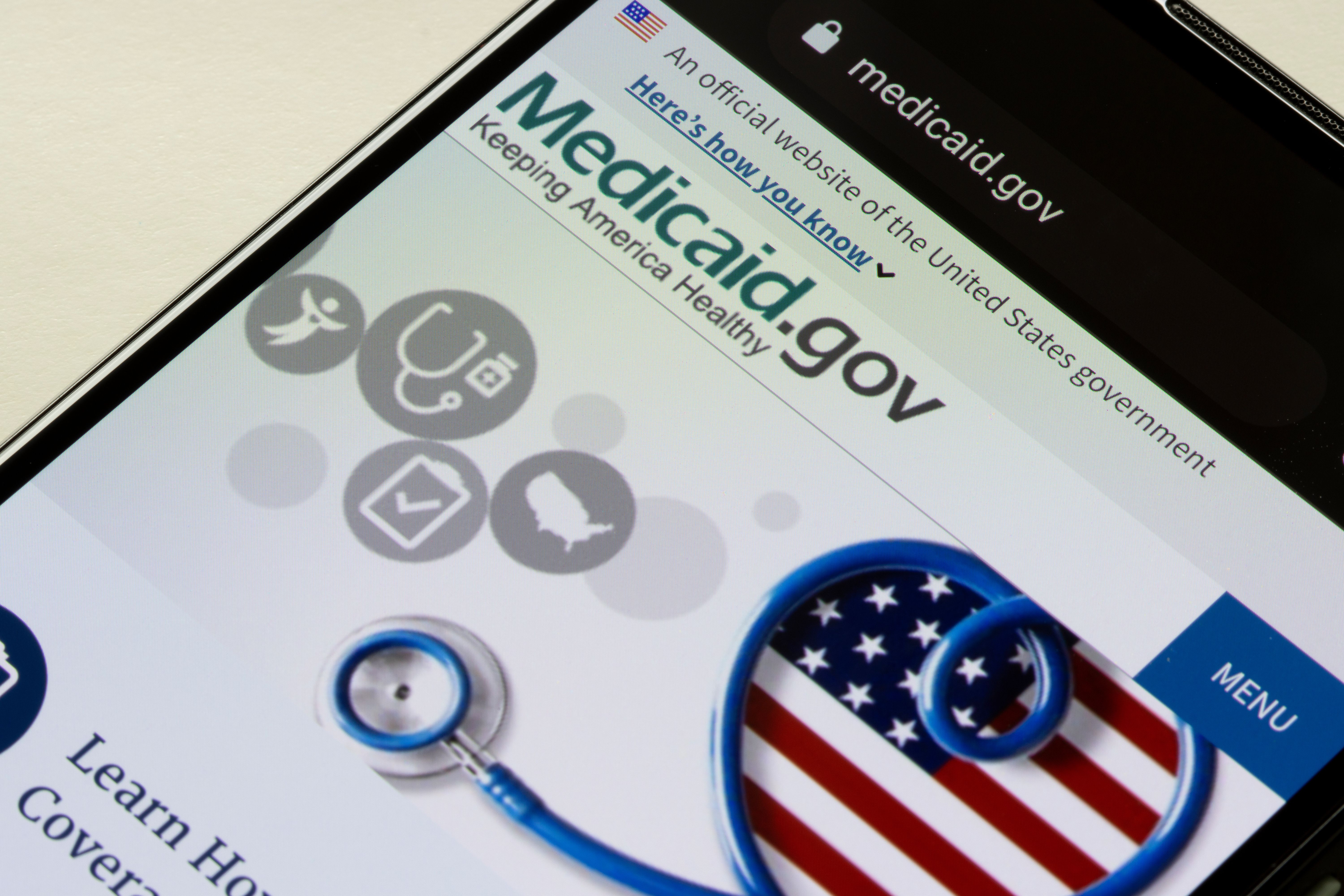- Center on Health Equity & Access
- Clinical
- Health Care Cost
- Health Care Delivery
- Insurance
- Policy
- Technology
- Value-Based Care
Medicaid Unwinding Leads to Both Loss of, Renewed Insurance Coverage
More than 25 million people lost their Medicaid coverage during the unwinding process conducted by all states following the pandemic.
A total of 56 million beneficiaries had their coverage renewed whereas 25 million were disenrolled in Medicaid during the process of Medicaid unwinding that occurred in all states, starting in 2023, according to a new report from the Kaiser Family Foundation.1,2 The unwinding was a response to the continuous enrollment policy that allowed for those enrolled in Medicaid to stay in the program throughout the public health emergency declared due to the pandemic.
This disenrollment totaled 31% of those whose coverage was redetermined, a slightly higher number than the 8 to 24 million people the Kaiser Family Foundation estimated would lose their coverage due to the unwinding.3
Medicaid unwinding, which began in April 2023, was aimed at halting the continuous enrollment provision of Medicaid that allowed millions of enrollees to keep their coverage during the pandemic. The process involved going through the people who were enrolled in Medicaid and determining what their eligibility was before either keeping them on their coverage or disenrolling them. The total enrolled in Medicaid numbered 94 million people by April 2023, an increase from the 71 million people enrolled just after the pandemic started in April 2020.
A total of 25 million lost their Medicaid coverage due to the reevaluation of eligibility | Image credit: Tada Images - stock.adobe.com

The proportion varied by state, with disenrollment rates of more than 50% found in Montana (57%), Utah (56%), Idaho (55%), Oklahoma (54%), and Texas (54%) compared with North Carolina (12%), Maine (17%), Oregon (16%), California (19%), and Connecticut (19%) whose disenrollment rates totaled less than 20% individually.1
Nearly 10 million more people are currently enrolled in Medicaid than were in February of 2020, with current enrollment totaling 81 million people as of May 2024. Medicaid enrollment had increased by 32% during the pandemic, totaling approximately 23 million people, of which 13 million lost their coverage during the unwinding. Adults are also enrolling at a 20% higher rate compared with February 2020, whereas children’s enrollment is 5% higher compared with February 2020. Overall, the decrease in adult enrollment from April 2023 has been more steep, but overall adult enrollment gains from February 2020 are still higher than the enrollment gains of children.
All but 4 states are seeing higher enrollment in Medicaid and the Children's Health Insurance Program compared with prepandemic levels in adult registration, and 12 states are seeing children’s enrollment lower than before the pandemic. Colorado (9.4%), Montana (4.3%), Arkansas (2.8%), and Tennessee (1.7%) were the only states to report a loss of adult enrollees from February 2020 to May 2024. Nebraska (103.7%), Missouri (110.0%), North Carolina (119.3%), and Oklahoma (121.6%) were the states with the largest percentage of gains in adult enrollment.
The increase in the child uninsured rate and the drop in child enrollment in Medicaid that is below prepandemic enrollment could indicate that children lost coverage when they are still eligible. Enrollment in Medicaid for children decreased the most in Montana, where it is down by 14.4%, followed by Colorado, where it dropped 9.6%; Idaho, down by 7.9%; and Utah, down by 6.5%. Maine has the highest gain of children enrolled compared with prepandemic levels, at 29.8%; the second closest gain is in Wyoming, at 19.0%. Arizona is the lone state that does not report child enrollment and could not be measured.
This report marks the Kaiser Family Foundation’s last report on enrollment numbers, as future updates to the tracker will use CMS data.
References
1. Tolbert J, Corallo B. An examination of Medicaid renewal outcomes and enrollment changes at the end of the unwinding. KFF. September 18, 2024. Accessed September 19, 2024. https://www.kff.org/medicaid/issue-brief/an-examination-of-medicaid-renewal-outcomes-and-enrollment-changes-at-the-end-of-the-unwinding/
2. As Medicaid unwinding concludes in most states, KFF finds 25 million lost Medicaid coverage but enrollment is 10 million higher than pre-pandemic levels. News release. KFF. September 18, 2024. Accessed September 19, 2024. https://www.kff.org/medicaid/press-release/as-medicaid-unwinding-concludes-in-most-states-kff-finds-25-million-lost-medicaid-coverage-but-enrollment-is-10-million-higher-than-pre-pandemic-levels/
3. Tolbert J, Ammula M. 10 things to know about the unwinding of the Medicaid continuous enrollment provision. KFF. June 9, 2023. Accessed September 19, 2024. https://www.kff.org/medicaid/issue-brief/10-things-to-know-about-the-unwinding-of-the-medicaid-continuous-enrollment-provision/
